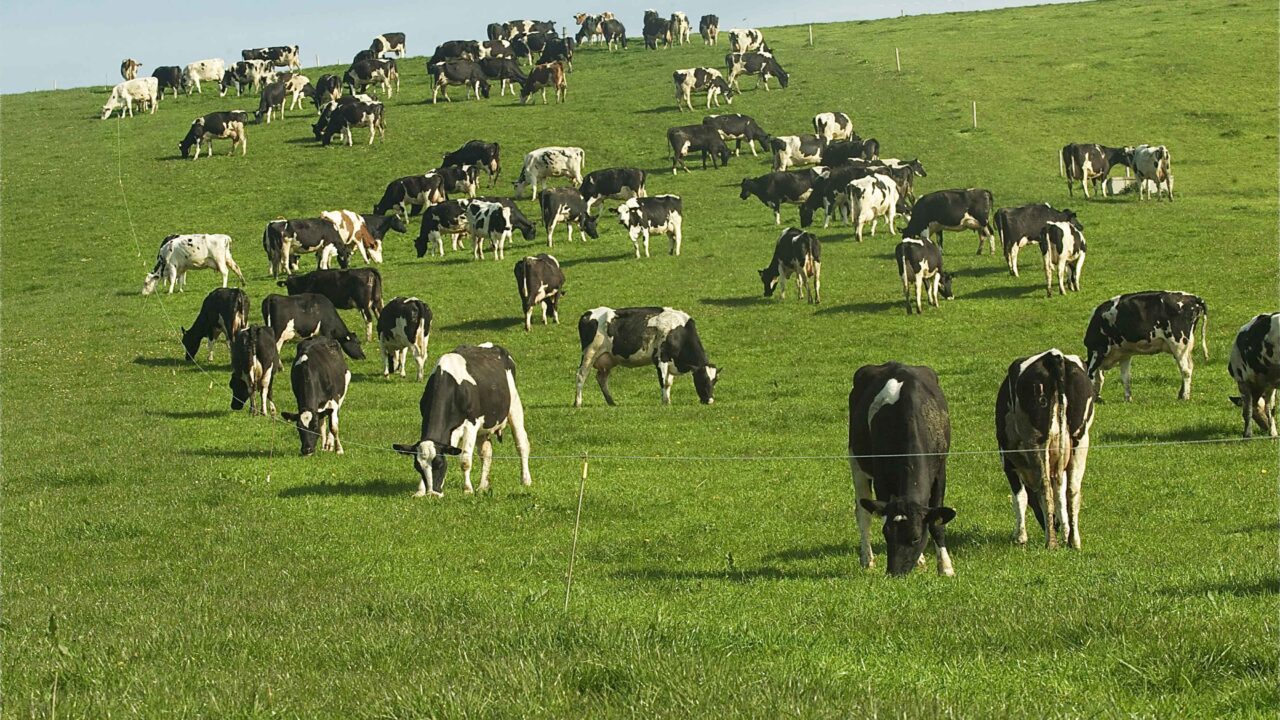In the US 20% of dairy cows are plan mated primarily using OVSynch programmes which involve hormonal therapies to dictate when cows should be bred.
Last week I had the opportunity of attending the International Cattle Fertility Conference in Westport Co. Mayo, where I heard this interesting statistic.
This technology does enhance heat detection rates relative to visual observation. However, Dr. Donagh Berry from Moorepark says that we are increasing the risk of creating a monster in terms of a genetically robust cow.
In practice, this means that we are selecting progeny from otherwise sub-fertile cows, which do not express normal signs of heat. In my opinion, this indeed is correct and we are increasing the risk that progeny from sub-fertile cows will be given the opportunity to survive into the next generation. This contention was supported by Dr. Edmond Harty of Dairymaster which demonstrated from recently published research that the calving interval associated with OVSynch was dramatically increased relative to use of herd monitoring activity using MooMonitor for heat detection. In this large study, the calving interval was increased approximately 28 days using the planned AI breeding programmes.
The place of sexed semen in the fertility management of cattle was discussed whereby the role of sexed semen will increase opportunity to minimise the negative impact of male calves born from dairy sires and increase the opportunity to use beef sires in the dairy herd. However, economic models suggested by various contributors do not realise that you cannot create cost efficient beef production from beef sires used on Jersey dairy bloodlines. Sexed semen has been successfully used in maiden heifers but the cost of associated reduced pregnancy rates in lactating dairy cows have meant reduced uptake of sexed semen in breeding prorgammes for the lactating dairy cow.
ReproInfo has demonstrated that ultrasonography of the reproductive tract can enable a selection of lactating dairy cows with an enhanced reproductive status based on early post partum and prebreed reproductive assessments to identify cows which have successfully come through the transition period and the negative energy period post calving. Pregnancy rates using sexed semen are enhanced when using sexed semen. There has been research centered on fresh sexed semen which has resulted in unacceptably low pregnancy rates. This has been associated with agglutination of the semen. Ongoing research needs to address this problem and increase the opportunity for enhanced number of sexed semen to be recovered from each ejaculation.
This practice would indeed be suitable for use in seasonal calving patterns encountered in both Ireland and New Zealand where we aim to generate over 90% of replacement stock from the first six weeks of the breeding season.
Dr. Dan Ryan is a cow fertility expert and can be contacted at www.cowsDNA.com
